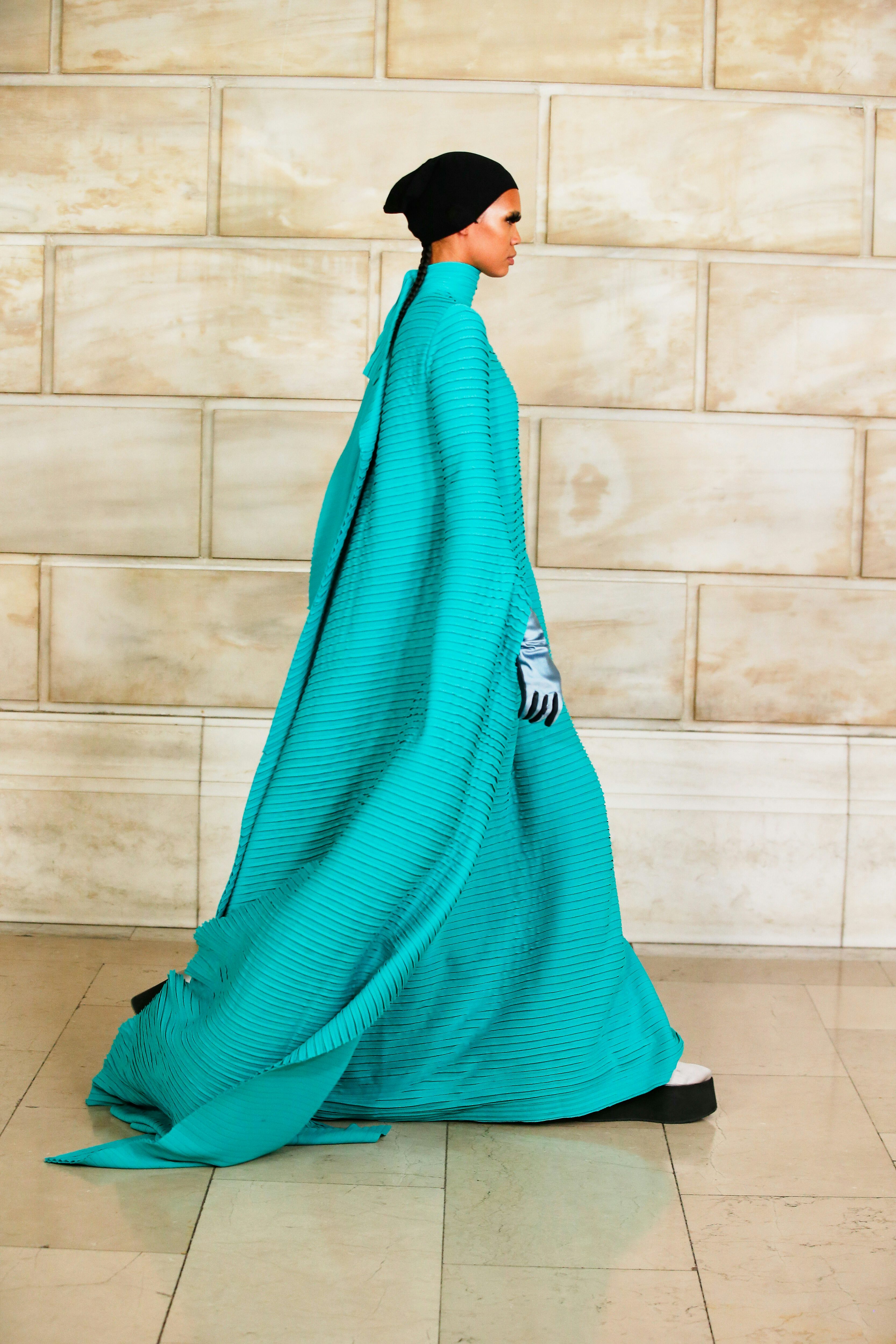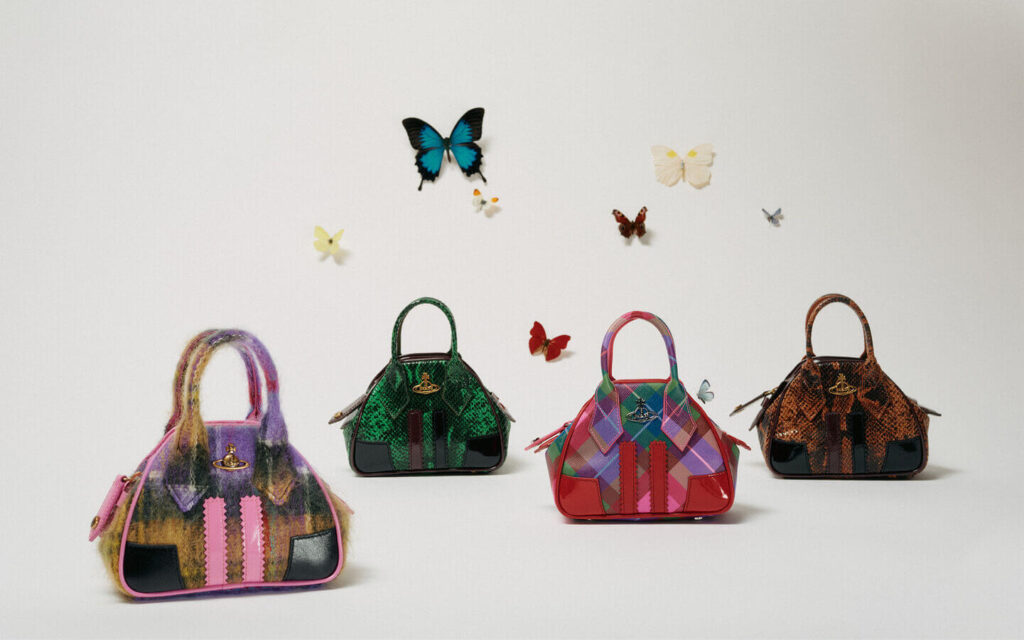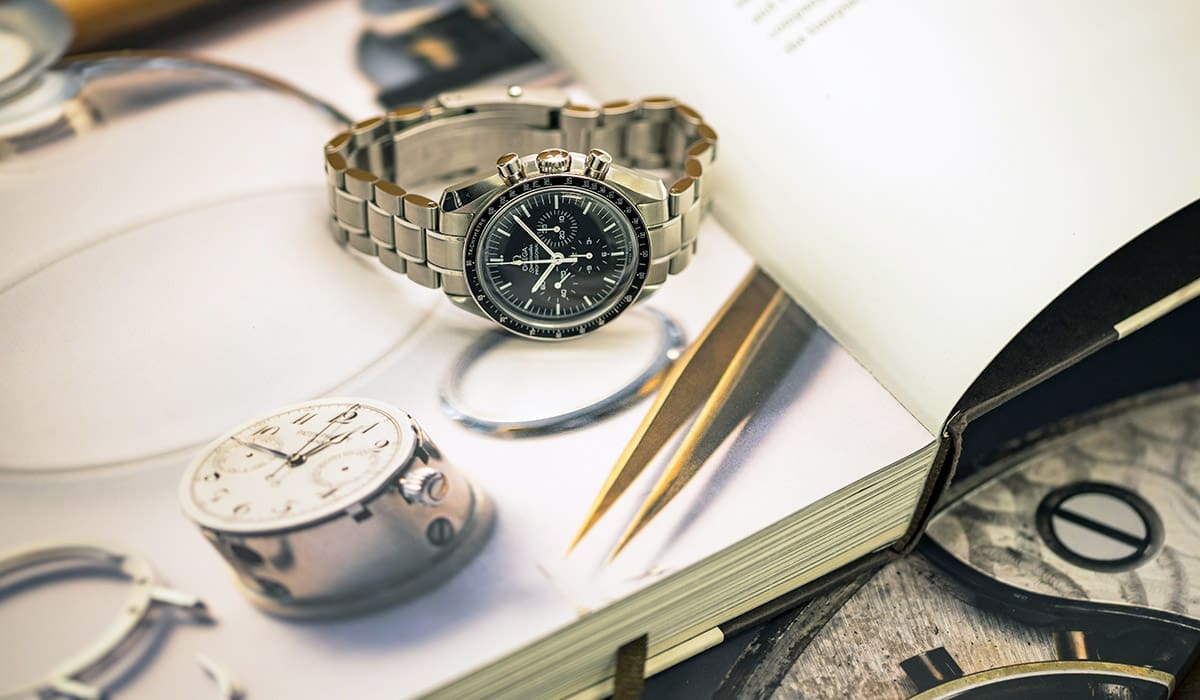American fashion’s greatest showman returned to the runway on Monday, an optimistic sign not only for a weakened New York fashion industry but also for his business, which is turning around after years of struggles.
A mostly maskless crowd of about 100 guests (proof of vaccination was required) were in attendance for Marc Jacobs’ first runway show since February 2020, which took place inside the New York Public Library on Fifth Avenue in Manhattan.
“While the world continues to change with unimaginable speed, my love for fashion, the desire to create and share collections through this delivery system — the runway — endures,” wrote Jacobs in the show notes.
Last May, the designer told BoF’s Tim Blanks that he was unsure whether he would go back to runway shows at all, remarking that he was one of the only major designers still left on the schedule. The Council of Fashion Designers of America has said it anticipates several designers will stage physical fashion shows with guests during New York Fashion Week this September, during which a smaller version of the Met Gala is also scheduled.
Jacobs’ highly theatrical shows, which for years occupied the final time slot of New York Fashion Week, are consistently the most critically acclaimed presentations in the city each season. Even the much more pared-back shows he staged since 2017 were highly anticipated highlights of the week.
Monday’s show was one of Jacob’s quieter productions. Guests, including designer Anna Sui, stylist Mel Ottenberg and Harper’s Bazaar editor Samira Nasr, sat single file, side-by-side in a central hallway of the library’s first floor. The collection of 35 looks featured many oversized and cocoon-like cold-weather layers that partially or fully obscured the faces of the models with hoods, turtlenecks and scarves.

Runway Marc Jacobs, Autumn 2021 collection. Marc Jacobs
Many pieces were completely covered in a giant version of the signature Marc Jacobs logo, while others were constructed from large sequins. After the first walk, the models returned for a finale having shed a layer or two, revealing the faces of Gigi Hadid, Imaan Hammam and Kaia Gerber, among others. The show was styled by Alastair McKimm, the editor-in-chief of i-D, instead of Jacobs’ usual partner, Katie Grand.
The presentation also comes amidst a long-awaited business turnaround for Marc Jacobs. The brand, LVMH’s sole remaining American fashion label, was profitable in 2020 for the first time after five years of losses, LVMH chief financial officer Jean Jacques Guiony said in a January analyst call.
The Marc Jacobs business struggled in recent years, particularly after 2015, when the designers’ longtime business partner Robert Duffy stepped down from his day-to-day role. The brand shuttered its contemporary Marc by Marc Jacobs line and revenue plummeted. That line had been the brand’s moneymaker, along with revenue generated by fragrance and makeup lines, but was consolidated during a period when many global brands unified their sub-lines to try to make it easier to market and sell products directly to shoppers.
But the consolidated Marc Jacobs was a jarring shift for shoppers and retailers. Memorably, LVMH chairman and chief executive Bernard Arnault told analysts in 2017 that he was “more concerned about Marc Jacobs than the US president.”
The decline marked a stunning reversal from just three years prior when LVMH announced Jacobs would step down from his role as creative director of Louis Vuitton after 16 years to prepare his namesake brand for an eventual initial public offering. Marc Jacobs shut down many of its self-standing stores, including several of its locations in New York City and London, and experimented with different creative teams.
But LVMH stuck with the brand, as the conglomerate said it would, and installed chief executive officer Eric Marechalle, the former Kenzo chief executive, in 2017. His strategy is not wholly dissimilar to the multi-brand approach Marc Jacobs had before its decline and is focused on three sub-brands: the luxury-priced Runway Marc Jacobs collection, dormant over the last year; contemporary line The Marc Jacobs, priced mostly under $700 and driven by sales of accessories like the “Snapshot” camera bag; and Heaven, the collaborations-heavy streetwear label launched in September 2020 and priced mostly under $400.
Heaven is designed by Australian designer Ava Nirui, who joined the brand as special projects director, and a rotating cast of creatives from both Nirui’s and Jacobs’ networks. The label has struck a chord with Gen-Z shoppers picking up on the 1990s and early 2000s fashion and cultural nostalgia, counting Instagram influencers like Devon Lee Carlson and Emma Chamberlain as fans. It opened its first standalone store in Los Angeles in April.
Now the Marc Jacobs brands, whose store network includes off-price outlets, plans to open 15 brick-and-mortar locations in 2021. In 2020, the brand was also buoyed by Coty’s launch of a new perfume for Marc Jacobs, called Perfect, which the company said was the top launch of the year in the US and UK.
The Autumn 2021 Runway Marc Jacobs collection shown at the library will only be available for sale at Bergdorf Goodman as part of a new exclusive partnership between the brand and the New York luxury department store, also announced on Monday.
Related Articles:
The BoF Podcast: Marc Jacobs Says, ‘I Still Have Stories to Tell’





More Stories
A Return to Designing as a Destination
Rituals Private Collection Comfort Review Cotton Blossom
Flutter Your Lashes – A LITTLE OBSESSED